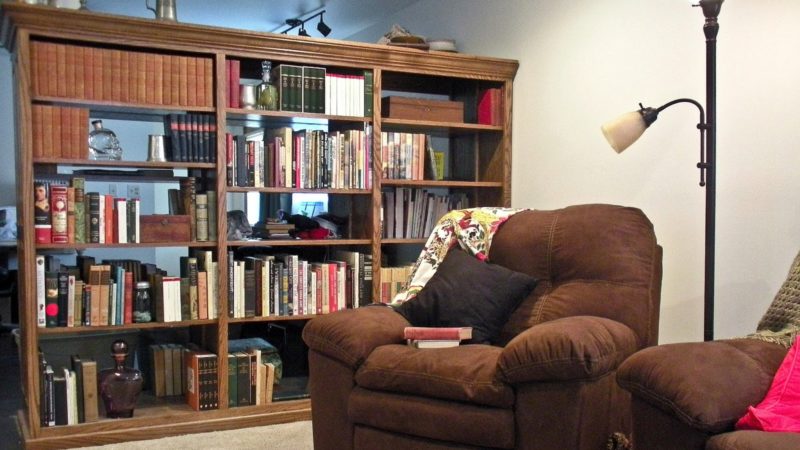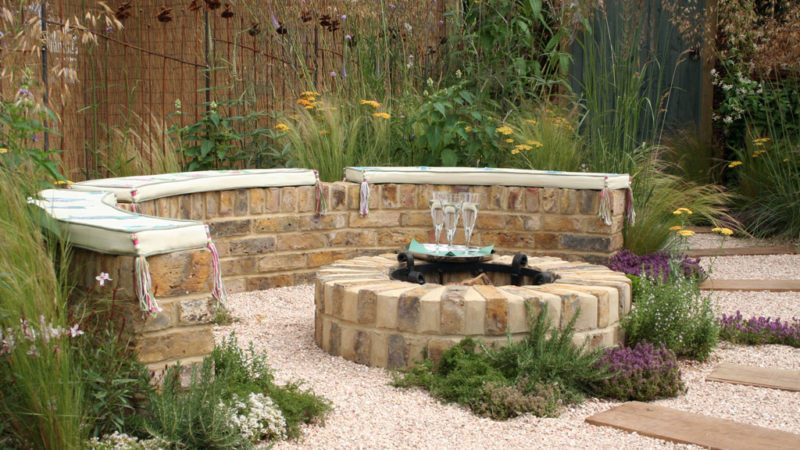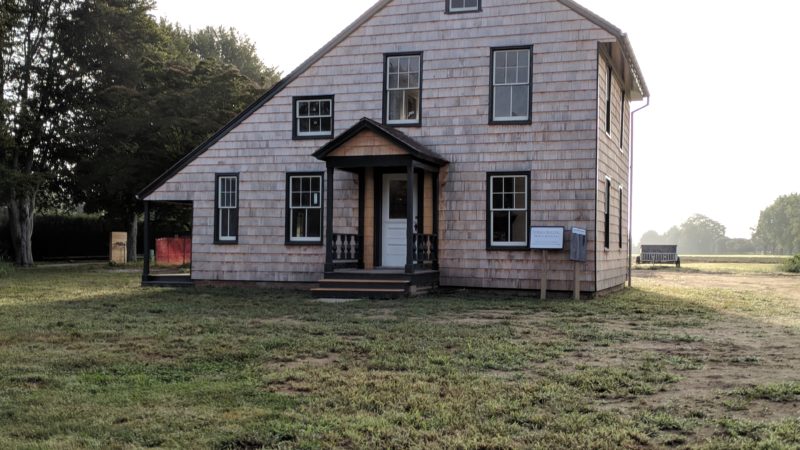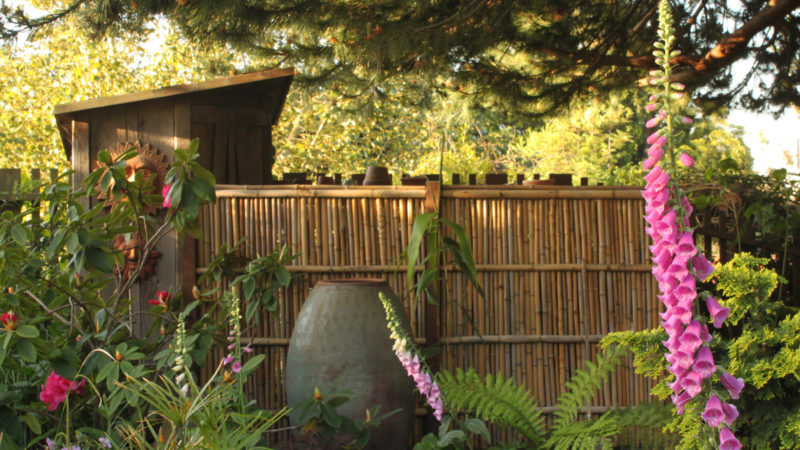What is Bauhaus Architecture?

What Is Bauhaus Architecture? More than approx. a hundred years ago, this style was born out of the desire to fuse art and science. It was an attempt to create a new language that would express an aesthetic sense of style.
In the mid of a period of technological advances, these principles were adopted and created by the skilled architects of the Bauhaus style. The primary goal of this approach to design was to combine modern materials and engineering with an emphasis on the creative use of space.
The Origins of Bauhaus Architecture

The movement of Bauhaus came into existence through the German School discovered by Walter Gropius, in the early 20th century. It has a motto to give birth to a new architectural form, as well as design in order to reframe and rebuild society after the destruction of World War I.
The Bauhaus School came into existence in the year 1919 after World War I. Gropius wrote in the founding manifesto of school that the school would turn out to be the ultimate aim of the artistic activities, as well as, an epitome of unified work of art.
Key Elements of Bauhaus Architecture

- Asymmetry is given importance over symmetry.
- Bauhaus architecture focusses on smooth facades.
- An emphasis on the simplicity of most basic forms of geometry like square, triangle, and circle.
- Elements of Bauhaus architecture, according to the principles of Bauhaus, every element is important. Materials are to be chosen carefully, and the appropriate proportions and arrangement of these elements play a vital role in expressing the style of the building.
- Some of the key elements of Bauhaus architecture include the use of thin aluminum and glass in the building frame. Aluminum and glass allow for a great deal of light to come through the interior and exterior spaces of the building.
- For windows, this makes for a comfortable environment inside the building. An interior design that emphasizes natural light and airflow helps to keep people cooler in summer and warmer in winter.
- Even though it may be constructed with a flat roof, it can still have interesting designs. To further highlight the properties of this particular type of building, the building can be constructed with an arch that supports the roof structure.
- Other unique materials that are incorporated into the building include stone and metal. They provide a beautiful appearance, but they are also very durable.
- The importance of these key elements cannot be overlooked. With the appropriate materials and the correct use of technology, the resulting architecture can be truly beautiful.
Interesting Facts About Bauhaus Architecture

- Due to its theory of being true to materials, it emphasizes on using materials in their natural forms.
- In many ways, Bauhaus architecture embodies the relationship between science and art. It was a plan to incorporate these two disciplines and philosophies to bring about new world order.
- The biggest style concentration lies in Israel, i.e., Tel Aviv’s White City, which is being counted under one amongst UNESCO World Cultural Heritage Sites.
- Bauhaus architecture remains inspired by everyday objects’ look and shape.
- While the technical skills of the various disciplines were integrated to create a cohesive design, the major principles of style, color, form, and proportion remained intact. The goal was to make every building reflect the creativity of the designer and help to create a new language that would express the aesthetic and artistic sensibilities of the community.
- Although many different style designs and concepts have been developed in the past years, the unique features of Bauhaus architecture remain unchanged. The principals can be applied to any building design.
Having a plan in place will assist you in determining the best construction to use in your building. It is essential that the architect chooses only the best materials when it comes to the materials used in your building.






